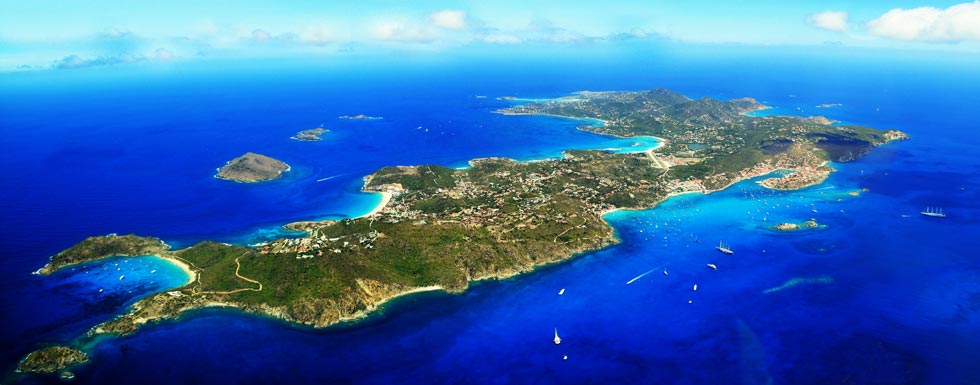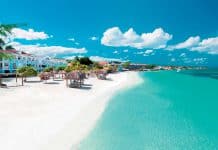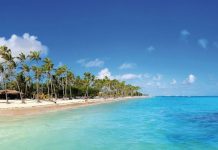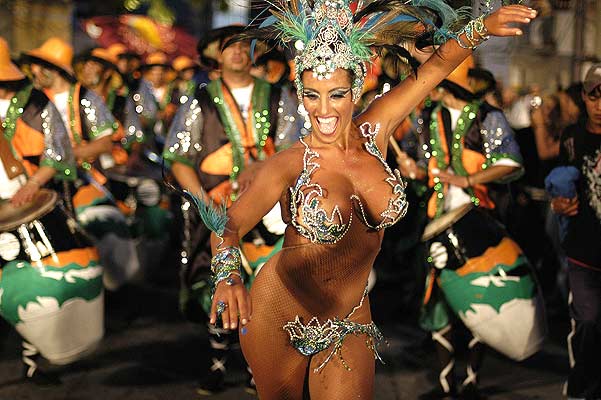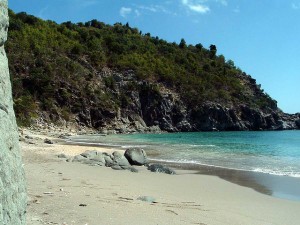 The island of St. Barthelemy has a mystique all its own, and it is truly unique in the pantheon of tropical and semi-tropical islands that survive almost entirely on tourism. Most commonly known as St. Barts, the island covers only about 8 square miles, surrounded by the warm, clear waters of the Caribbean Sea and basking in an ideal climate year round.
The island of St. Barthelemy has a mystique all its own, and it is truly unique in the pantheon of tropical and semi-tropical islands that survive almost entirely on tourism. Most commonly known as St. Barts, the island covers only about 8 square miles, surrounded by the warm, clear waters of the Caribbean Sea and basking in an ideal climate year round.
There are a few pertinent facts a visitor should know about St. Barts, aside from the location and the climate. Though the economy is very much geared to tourism, this is not the place for free-wheeling nightlife. There are a number of fine hotels, and a greater number of gorgeous villas that can be booked for a visit, but the emphasis in more on gourmet restaurants than on bars and nightclubs.
St. Barts is considered by many to be the most beautiful of the Caribbean islands, and not just because it has so many stunning white sand beaches, coves and reefs (which it certainly does.) What is does not have is easy access; there is one airport (one of the smallest in the world), that handles only short-flight planes from neighboring St. Martin and a few other Caribbean islands.
One other very pertinent characteristic of the island is that it is very much a part of France, both in governance and ambiance. Even the French agree that St. Barts offers some of the best things about France in an easy-going South Seas kind of atmosphere. There has been little of the over-building and destruction of the landscape that afflicts so many popular tourist resorts.
The capital city of Gustavia was named for the Swedish king Gustav after France sold the island to Sweden for Scandinavian trading rights. The French later bought it back, but the city retained its name and today it is a lovely pink-roofed town with a beautiful (and busy) harbor and some of the finest cuisine in the world. King Gustav also proclaimed it a duty-free port, and that has remained in effect to this day.
The island combines upscale French chic with the mellow, laid-back Caribbean lifestyle in what can only be described as ‘a most delightful way’. What is equally delightful is that it seems the inhabitants, French or not, intend to keep it that way.


